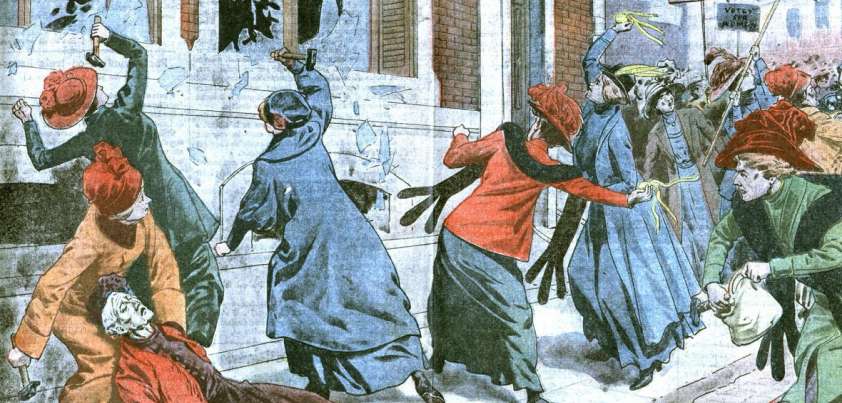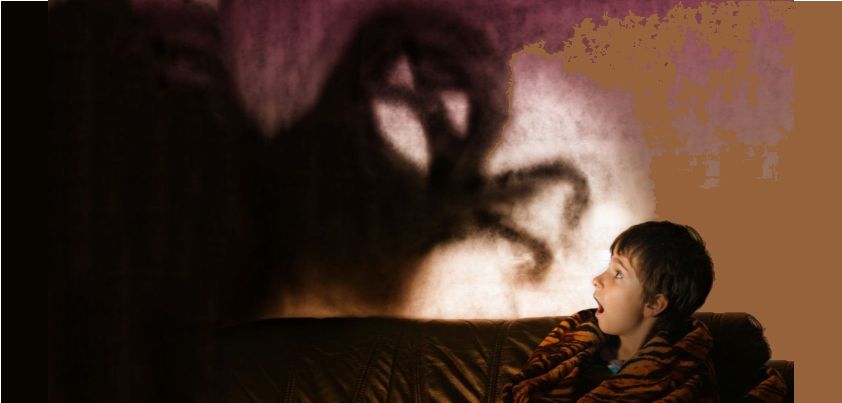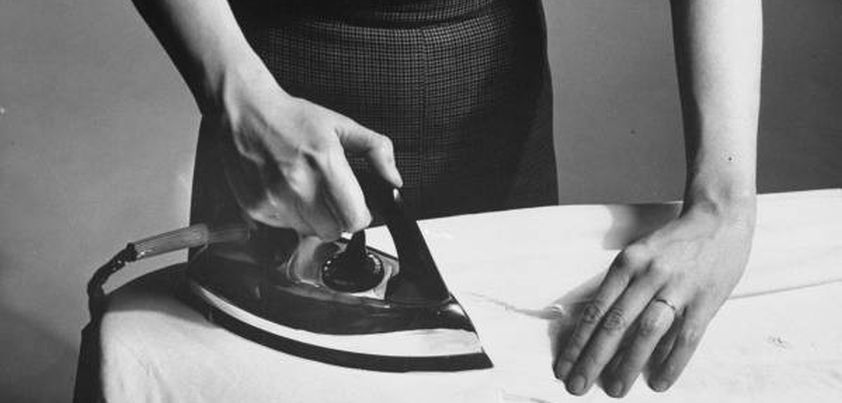 In this Tagalog folktale from the Philippines, a rich man (Pedro) gives a friend (Suan) a post so that he can build himself a house. Pedro becomes unhappy when Suan’s new house is bigger than his. He asks Suan to return the post, which he can’t do or the house will fall down. Pedro takes Suan before the king to get the post back. On the way, Suan experiences further problems. He accidentally kills someone and breaks off a carabao (buffalo) tail. However, thanks to the wise king, Suan keeps the post and becomes the richest man in his village. More…
In this Tagalog folktale from the Philippines, a rich man (Pedro) gives a friend (Suan) a post so that he can build himself a house. Pedro becomes unhappy when Suan’s new house is bigger than his. He asks Suan to return the post, which he can’t do or the house will fall down. Pedro takes Suan before the king to get the post back. On the way, Suan experiences further problems. He accidentally kills someone and breaks off a carabao (buffalo) tail. However, thanks to the wise king, Suan keeps the post and becomes the richest man in his village. More…
Hermann the Irascible (Story of the Great Weep)
 H. H. Munro (aka Saki)’s story Hermann the Irascible is a classic example of the use of reverse psychology to achieve a desired result. The story first appeared in 1909 at the height of the suffrage movement in Britain. As in the story, this involved mass demonstrations (of both man and women) across the country. Many readers are critical of the story because they feel that it trivializes women’s rights. The point they miss is that Saki’s use of satire is so “over the top” here that, rather than mocking the cause, the story highlights and supports it. More…
H. H. Munro (aka Saki)’s story Hermann the Irascible is a classic example of the use of reverse psychology to achieve a desired result. The story first appeared in 1909 at the height of the suffrage movement in Britain. As in the story, this involved mass demonstrations (of both man and women) across the country. Many readers are critical of the story because they feel that it trivializes women’s rights. The point they miss is that Saki’s use of satire is so “over the top” here that, rather than mocking the cause, the story highlights and supports it. More…
The End of the Party
 Although the 9-year-old twins in this Graham Greene story look the same, they have very different psychological dispositions. The first-born (Peter) is self-confident and has a special connection with his brother. The younger (Francis) has an anxiety disorder that results in unreasoning fear, particularly of the dark. Peter feels what Francis feels, and is fiercely protective of him. Despite their best efforts to avoid it, the two attend a birthday party that will include a game of hide-and-seek in the dark. During the game, a thoughtless act by Peter has tragic results. Themes: innocence, brotherhood, connection, fear, adult insensitivity, death. More…
Although the 9-year-old twins in this Graham Greene story look the same, they have very different psychological dispositions. The first-born (Peter) is self-confident and has a special connection with his brother. The younger (Francis) has an anxiety disorder that results in unreasoning fear, particularly of the dark. Peter feels what Francis feels, and is fiercely protective of him. Despite their best efforts to avoid it, the two attend a birthday party that will include a game of hide-and-seek in the dark. During the game, a thoughtless act by Peter has tragic results. Themes: innocence, brotherhood, connection, fear, adult insensitivity, death. More…
I Stand Here Ironing
 In this story by Tillie Olsen, a woman reviews events that may help a counselor better understand her nineteen-year-old-daughter. In the process, she questions the extent to which she may be responsible for her daughter’s problems. Poor care choices and lack of attention as an infant, and conflict with her younger sister as she grew up, have clearly affected the girl’s emotional development. A key question is what, if anything, could the woman have done differently in a society indifferent to the plight of single mothers. Themes: parenting, mother-daughter relationships, female identity, child cruelty, guilt, acceptance, hope. More…
In this story by Tillie Olsen, a woman reviews events that may help a counselor better understand her nineteen-year-old-daughter. In the process, she questions the extent to which she may be responsible for her daughter’s problems. Poor care choices and lack of attention as an infant, and conflict with her younger sister as she grew up, have clearly affected the girl’s emotional development. A key question is what, if anything, could the woman have done differently in a society indifferent to the plight of single mothers. Themes: parenting, mother-daughter relationships, female identity, child cruelty, guilt, acceptance, hope. More…
The Country Husband
 Rather than wide-open spaces far from a city, John Cheever’s “country husband” lives on a large block in an upper-class New England suburb. A near-death experience results in a growing awareness of the shortcomings of his way of life. He becomes more demanding and impulsive, leading to a dangerous infatuation with an underage teen, out-of-character behavior that causes his family to become social outcasts, and an argument that almost destroys his marriage. A psychiatrist has an innovative solution. Themes: appearances vs. reality, conformity, isolation, loneliness, lack of fulfillment, materialism, marriage (gender roles/domesticity, lack of communication/intimacy,), sexual fantasy. More…
Rather than wide-open spaces far from a city, John Cheever’s “country husband” lives on a large block in an upper-class New England suburb. A near-death experience results in a growing awareness of the shortcomings of his way of life. He becomes more demanding and impulsive, leading to a dangerous infatuation with an underage teen, out-of-character behavior that causes his family to become social outcasts, and an argument that almost destroys his marriage. A psychiatrist has an innovative solution. Themes: appearances vs. reality, conformity, isolation, loneliness, lack of fulfillment, materialism, marriage (gender roles/domesticity, lack of communication/intimacy,), sexual fantasy. More…